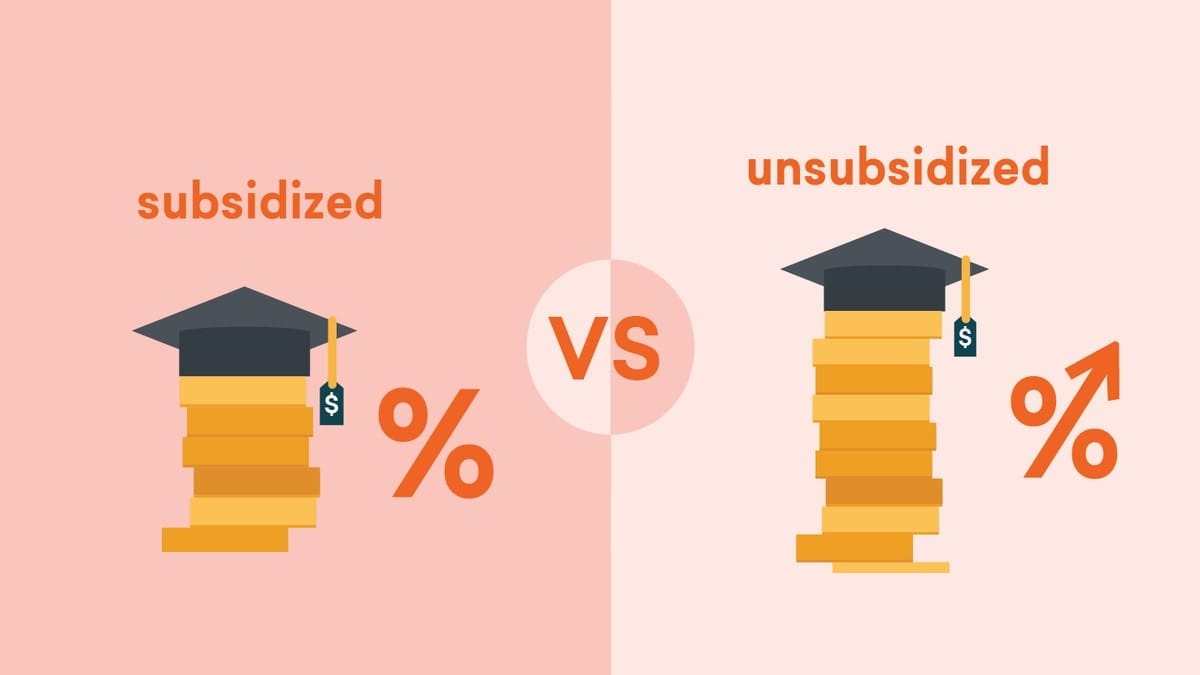
Both subsidized and unsubsidized is came acrossed in a variety of financial topics. There subsidized and unsubsidized loans, insurance, grants, etc. The difference between subsidized and unsubsidized is pretty basic. Read more on this article to get your questions answered.
The meaning of subsidized is “to pay part of the cost of something:”. On the other hand, the unsubsidized meaning is not being aided. Basically, the opposite of it.
Whenever you see a subsidized loan such as a Federal Housing Administration home loan, know that it will be helped out by an organization or an activity. In the case of FHA home loans, the subsidize comes from the government.
If you get a government-subsidized loan, the subsidization can come in various types. The most common subsidization is the subsidizing part paying the interest. This also applies to the student loans given by the Department of Education.
Subsidized and Unsubsidized Student Loans
Both subsidized and unsubsidized student loans are given by the federal government. With a subsidized student loan, you—the borrower is only responsible for paying the amount disbursed into your account.
This is completely different with an unsubsidized student loan. You are responsible for both paying the loan money disbursed and the interest. Though this is only for student loans, most government loans that are subsidized and unsubsidized works.
Other Kinds of Subsidies
As mentioned above, the subsidization is mostly given by the government. If the government lends you money such as the stimulus check, this isn’t an example of subsidy.
If the government gives you a partial scholarship to college, this is a subsidy. If you get a full scholarship and aren’t expect to pay anything, this isn’t a subsidy.
Only in situations where you are assisted partially is considered subsidization. Another example of this is when the federal, state or local governments give farmers specific produce to grow, this is a subsidy. The difference between subsidized and unsubsidized is as simple as that.